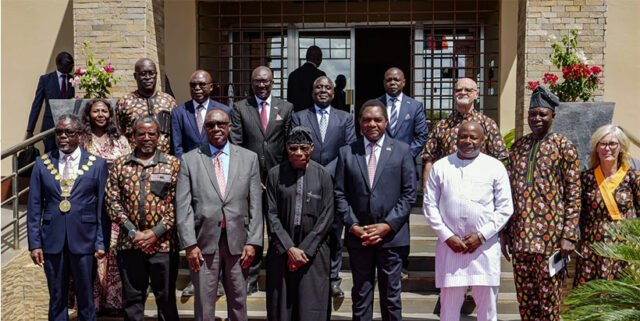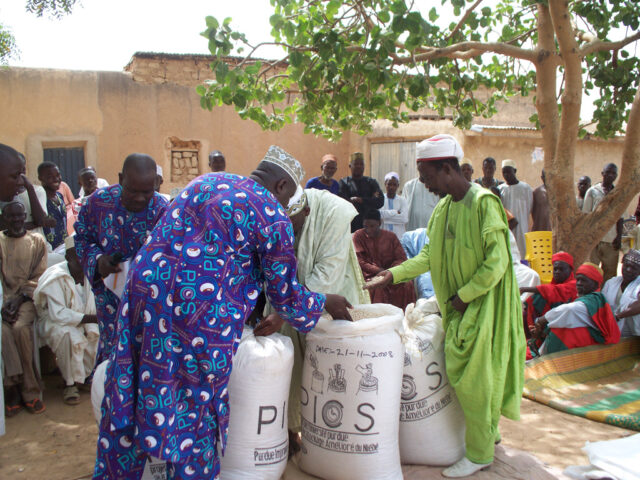
BY ZHE GUO AND BILLY BABIS
Accurate and precise monitoring of agricultural output in developing countries is a crucial tool for the proper allocation of public funds and services, in addressing poverty, and in sustainably increasing yields to feed growing populations. But accurate crop yield estimation is particularly challenging in sub-Saharan Africa (SSA), where heterogeneous smallholder farms predominate, making data collection expensive and often subject to systemic bias.
Satellite imagery is an increasingly helpful tool for estimating crop yields at fine, plot-level scales over large areas such as regions or countries. A research team at IFPRI, using Ethiopia as a case study, evaluated various machine learning approaches to estimating maize yields near-real-time using high spatial resolution satellite imagery. The results suggest the feasibility of using machine learning algorithms (especially neural networks) trained on satellite imagery and ground-truth data to inform national policies with granular crop-yield estimations.
Photo credit: Robin Hammond/Panos Pictures



